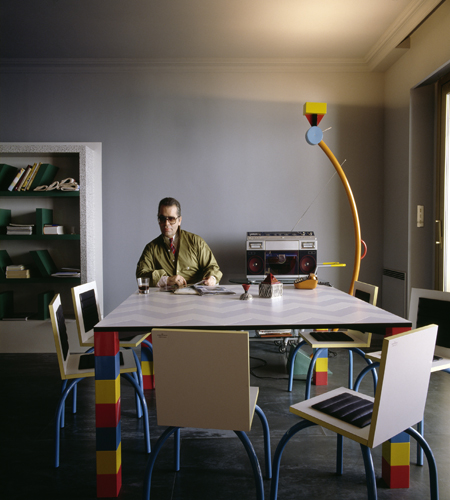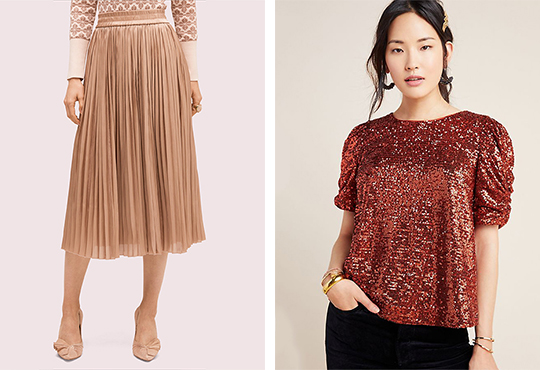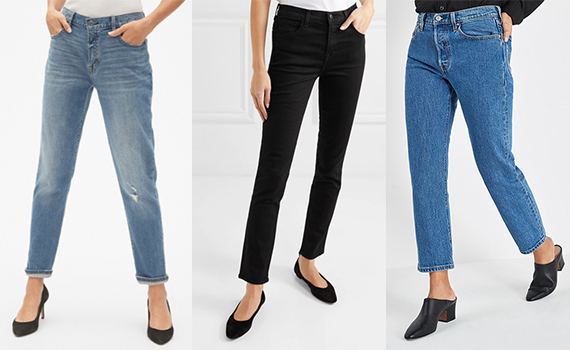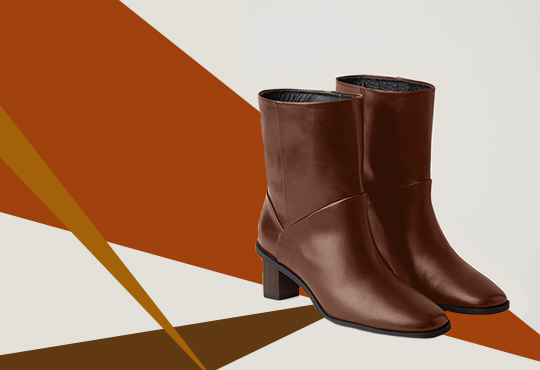
It is said that we still feel the effects of postmodernism now. As the Semple team began to take the tour through the age of postmodernism at the V&A, we let this notion amble through our thoughts. The concept challenged Modernism and rebelled from the previous, utopian perfection which the previous art movement strived for. Postmodernism spread from architecture to art, photography, cinema, graphics, magazines, and fashion.

As something which we at Maggie Semple feel all women can relate to, it is without surprise that we were naturally taken with the role that fashion played within the postmodernist movement. As we took in the fashion pieces within the exhibition, something which the legendary designer Roland Klein had told us recently came to mind. He had noted over coffee with Maggie and the rest of the Semple team, that we don’t wear clothes to simply cover ourselves. They have meaning and can affect the way we feel. It occurred to us that the postmodernist movement incorporates this notion, expressing the idea that clothes play an important part in the social world and can be used to challenge social norms, and in this case, modernism. They are not simply there to cover us.
Back to the exhibition, and this concept can be seen through the examples displayed by designers such as Vivienne Westwood and Rei Kawakubo, who challenged the Modernist feminine and elegant figure hugging clothes of the past, also shunning the ‘power dress’ and aerobic look which was so popular in the 80’s, with their postmodernist designs.
Vivienne Westwood created a subversion of the 1980’s power dress, with a display taken from her SS 1983 Punkature collection, resulting in an outfit creating dark, distorted silhouettes which cover and warp the female figure rather than accentuating it. Rei Kawakubo shared Vivienne Westwoods’s subversive views in her own designs, as illustrated with her 1982 Jumper and Skirt. She wanted to declare beauty in the random and unfinished, again confronting the Modernist idea of perfection and order. To us, this brings up a powerful notion. The idea of confronting conformity and challenging society and social norms through the way in which we dress is an issue which has long been fought for in history and at continues today.
Postmodernsim can also be seen through celebrated figures such as Grace Jones who moulded herself into a newly subversive form of celebrity, her iconic photographs and ‘Maternity Dress’ are on display. Boy George and Annie Lennox represented the new freedom postmodernism brought with regard to gender norms, and included in the exhibition is Annie Lenox’s ‘Tartan Suit’, a symbol of androgyny.

Perhaps one of the best examples of the postmodernist movement in fashion was the takeover of the legendary fashion house Chanel, by Karl Lagerfeld in 1982. The designer revamped the historically traditional and conservative house style, turning away from simplicity and adding shiny, brightly coloured fabrics and textures, the symbolic ‘CC’ Chanel logo in gold metal to the clothes, and creating jewellery from the same logo. The displayed 1991 Yellow Sequined Chanel Suit Jacket is a prime example of his postmodernism of the brand.

The Postmodernism exhibition runs from 24th September 2011-15th January 2012 at the Victoria and Albert Museum
Ali Roff



